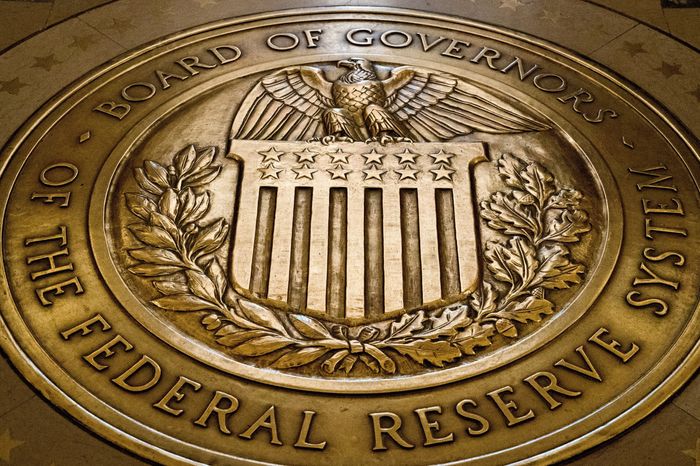Federal Reserve Chair Jerome Powell on Wednesday told Congress that, with U.S. inflation well above target, more interest rates are likely this year, although he did not shed any new light on the timing of the moves.
“Nearly all FOMC participants expect that it will be appropriate to raise interest rates somewhat further by the end of the year, ” Powell said, in testimony prepared for delivery to the House Financial Service Committee on Wednesday.
Powell was vague on the timing.
“We will continue to make our decisions meeting by meeting, based on the totality of incoming data and their implications for the outlook for economic activity and inflation, as well as the balance of risks,” Powell said.
Last week the Fed released updated forecasts that showed 12 of 18 policymakers expect two more 25 basis point rate hikes this year. That would bring the Fed’s benchmark interest rate to a range of 5.5%-5.75%.
During his press conference last week, Powell said that the FOMC’s next meeting in six weeks was a “live meeting” and, as a result, many economists expect an increase at the meeting.
“The July meeting is not a lock, but saying ‘live’ usually means they are ready to go,” said Neil Dutta, head of economic research at Renaissance Macro, in an interview ahead of Powell’s testimony.
After the July meeting, figuring out the timing of another possible rate hike “gets more difficult,” Dutta added.
Traders in derivatives markets see almost an 80% chance that the Fed hikes rates by 25 basis points after their July 25-26 meeting, according to the CME’s FedWatch tool. The odds of a second hike at any of the Fed’s last three meetings of the year are below 20%. Traders see the first cut early next year.
At their meeting last week, Fed officials agreed to hold their policy rate at a range of 5%-5.25%.
That broke a string of meetings over the last 15 months where the Fed had raised interest rates every time they met.
In explaining the pause in his testimony, Powell said that considering how far and fast the Fed had moved, “we judged it prudent to hold the target range steady to allow the committee to assess additional information and its implications for monetary policy.”
In particular, the Fed was watching how the lags of prior rate hikes affects the economy and potential headwinds from banks pulling back on lending, he said.
Powell will take questions from members of the House panel starting shortly after 10:00 a.m. Eastern.
The bulk of Powell’s prepared remarks consisted mainly of points that he made at his press conference last week.
He stressed the Fed has seen some progress in bringing inflation back down to its 2% goal, while cautioning lawmakers this cooling of price pressures “has a long way to go.”
He said reducing inflation is likely to require a period of below-trend growth and “some softening of labor market conditions.”
The economy slowed significantly last year and the most recent indicators suggest that activity is expanding “at a modest pace,” Powell said.
Consumer spending has picked up but housing remains weak and high rates are weighing on business investment, he added.
At the same time, the labor market remains “very tight,” with an average of 314,000 jobs added to the economy each month so far this year.
There were some signs of cooling in the job market and Powell suggested the strong job market won’t last with inflation so high.
“Without price stability, we will not achieve a sustained period of strong labor market conditions that benefit all,” he said.
The Fed chairman said that the U.S. banking system is “sound and resilient” despite the collapse of Silicon Valley Bank and two other mid-sized regional banks this spring. He said the bank stress caused by the failures “have highlighted the importance of ensuring we have the appropriate rules and supervisory practices for banks of this size.”
“We are committed to addressing these vulnerabilities to make for a stronger and resilient banking system,” he said.











